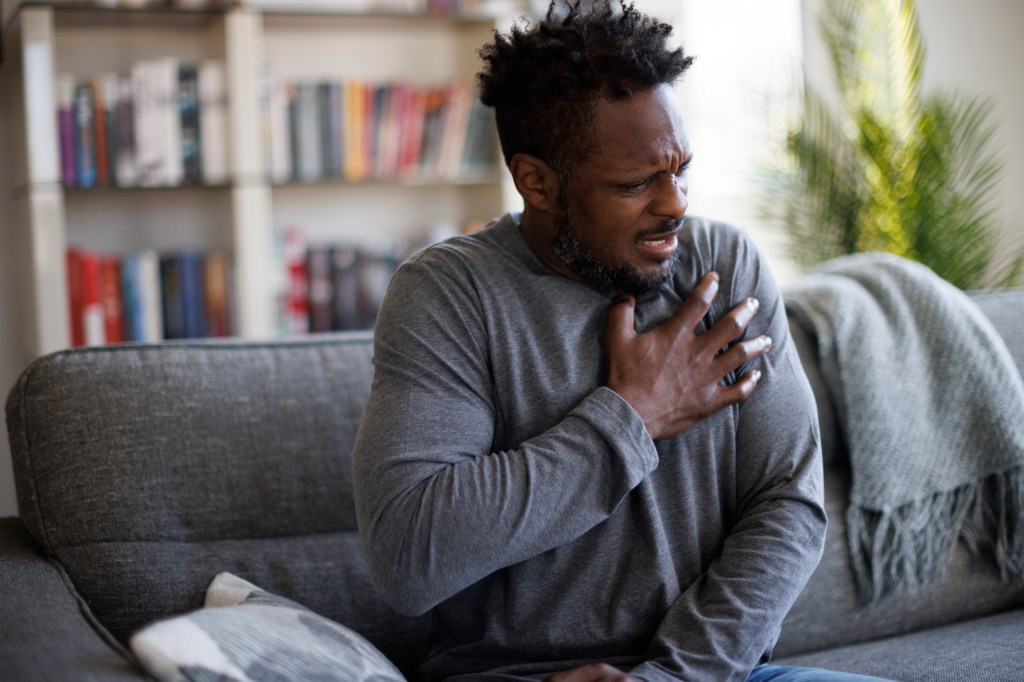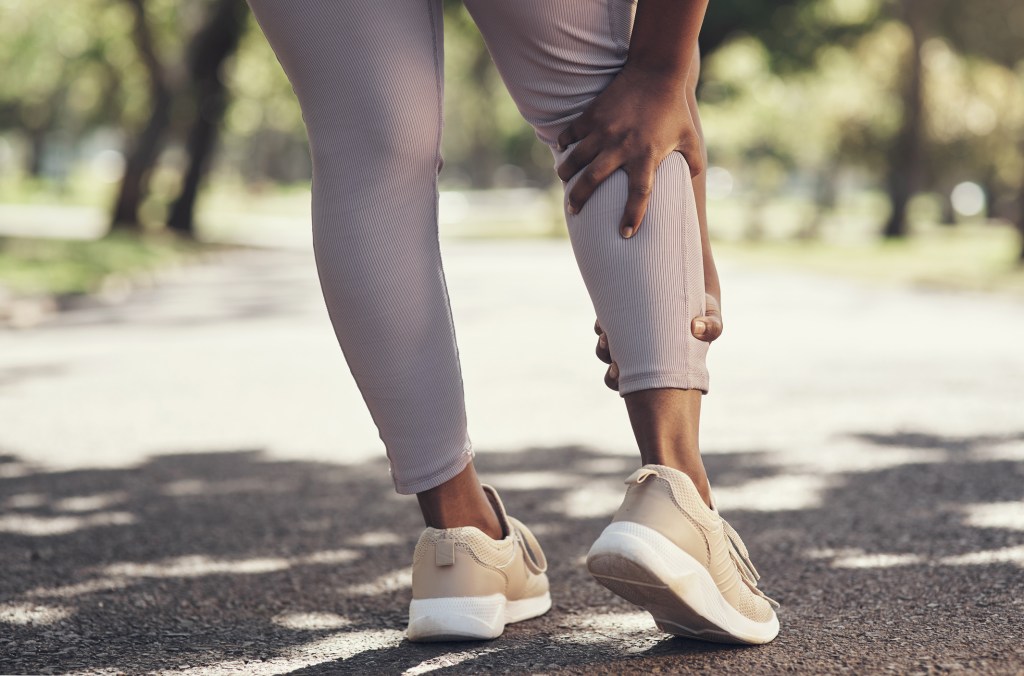Heart disease is expected to affect 61% of US adults by 2050, so it’s important to know when problems may lie ahead.
Leg pain, cramps and lingering leg ulcers are among the symptoms that may indicate peripheral artery disease, the narrowing or blockage of the vessels that supply blood to the legs.
“PAD of the lower extremities, or PAD in the legs and feet, is a spectrum,” said Dr. Young Erben, a vascular surgeon at the Mayo Clinic in Jacksonville, Florida, said. It ranges from people having leg pain while walking to more advanced cases where blood circulation in the leg is so impaired that patients have pain when resting or develop sores on the toes and feet.

Over 12 million Americans are believed to have PAD, which increases the likelihood of developing cardiovascular disease.
Cardiovascular disease refers to several conditions, including heart attack, heart failure, heart arrhythmias, vascular disease, congenital heart defects, stroke, and high blood pressure.

Experts say that if cholesterol and fat are building up in the arteries of the legs, they are likely to build up in other arteries as well, including those that supply the heart and brain.
Risk factors for PAD include tobacco use, a sedentary lifestyle, age over 50, high blood pressure, high cholesterol, diabetes and a family history of the condition.
Treatment depends on the severity of the case, with Erben warning that untreated PAD can cause open wounds that don’t heal, potentially leading to tissue death and in severe cases, requiring limb amputation.
Erben recommends seeing a doctor if you have recurring leg cramps known as charley horses, leg pain that starts with exercise, and a leg wound — even a small one — that won’t heal.
“Mild symptoms are the ones that people tend to ignore,” Erben said. “Unfortunately, they often don’t realize they have a problem until it becomes a terrible problem. The most important message I can give to patients is that you may think it’s a minor complaint, but please see your doctor. Because it might reveal something you never thought of.”
Patients with PAD are often prescribed a walking program to increase blood flow to the legs.
The University of Michigan recommends walking three to five times a week, building up to at least 30 minutes a session, keeping an eye on leg pain, cramps or calf tightness.
“I’ve seen it with my patients over time: Over three to six months, if they’re very diligent about walking, the pain with walking will decrease, and people who are in the very early stages of PAD can to return almost to normal”, said Erbeni.
If walking alone doesn’t work, medication or surgery may be needed to improve blood flow.
#surgeon #subtle #signs #heart #disease
Image Source : nypost.com